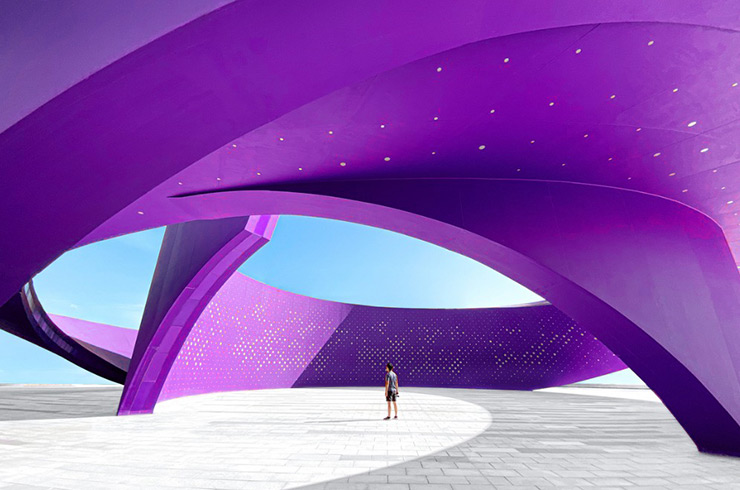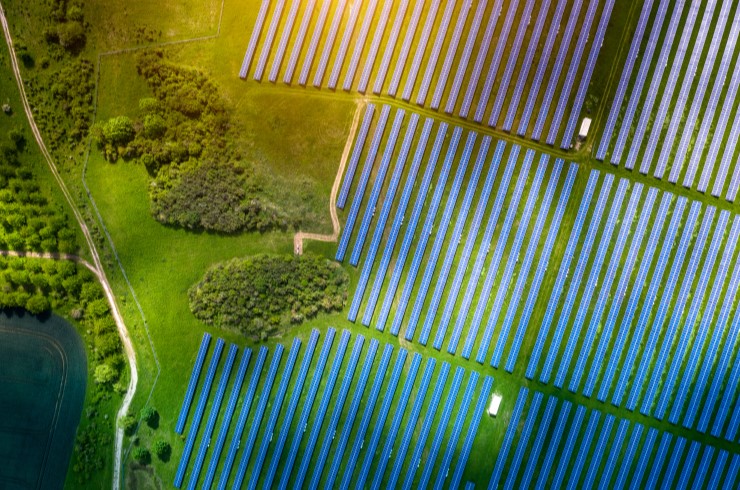The Benefits of the Circular Economy
Enel X takes inspiration from the principles of the Circular Economy. These principles represent a new paradigm. In the economy of the future, the use of raw materials is reduced to a minimum, the use of renewable materials and secondary prime materials prevails and the solutions offered are used for as long as possible and to their greatest capacity. This is due to another tectonic change: the reinvention of consumption patterns to obtain green energy.
A strategic model
The circular economy is essential in addressing huge challenges: insufficient resources, global warming and waste management.
Tech is a change catalyst
The digitalization and implementation of new technologies amplifies the environmental benefits of the circular economy.
Eco-design
We focus on the modularity, longevity, reparability and recyclability of the products and services we offer.
The European direction
Circularity is encouraged by the European Union, which has placed this approach at the heart of its development strategy and funding.
5 pillars of circular economy
The circular economy is based on five pillars which define the areas and methods of use:
Sustainable inputs
Using renewable energy and renewable, recyclable and biodegradable materials in consecutive life cycles.
Life extension
Design and production involving extension of the product life cycle by companies. The value that would otherwise be lost by wasting materials and energy is retained and even enhanced by repairs, updates, regeneration or remarketing.
Product as a service
The producing company remains the owner of the asset, designed for longevity, and offers clients a service that often includes not only the use of the product, but also further related benefits (training, assistance, etc.)
Sharing Platforms
Promoting the use of platforms for collaboration among asset users and owners to help consumers make savings and earn profit from better use of resources.
End of life
Creating production and consumption systems where assets previously regarded as waste are reused as input for new processes.

How we provide circularity

Suppliers dedicated to circularity
Our innovation partners are dedicated to the principles of the circular economy in creating the products and services on which the solutions are based.

Design for life extension
The solutions have elements that enable the circular consumption pattern and stimulate complete use and reuse, thus prolonging the product life cycle.

We guide clients through standards
We set standards of good practice and programs to increase efficiency in the use of resources and in the installation and maintenance phases.

We recover materials
We manage the end-of-life stage of the product by using innovative and sustainable methods, in order to recover resources and reuse them.

We increase impact awareness
We encourage awareness of the effects on the environment among clients. We involve suppliers in controlling the impact that products and services have on the environment.

The circular city and Enel X
Can you imagine the city of the future other than circular? Waste will have to be reduced with the help of circular product design, and renewable energy will have to become more common for communities and government buildings. Energy efficiency will be imperative for all energy-efficient equipment.
The development of Circular Economy
The Circular Economy is rapidly transforming from a desirable concept into a reality that we will see at every step of our lives. For the pace of change to increase, more and more public and private entities need to measure, monitor and accelerate what they are already doing towards circularity.


The evaluation of Circular Economy
For smart companies, business development goes hand in hand with increasing sustainability. Enel X can accompany you from assessing how circularity is now present in your processes, to the change that will affect more and more business areas of your business. The circular economy is a paradigm that can become an important ingredient in the resistance of organizations in the future.









